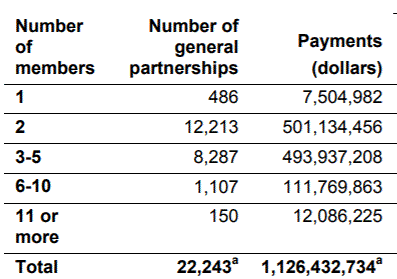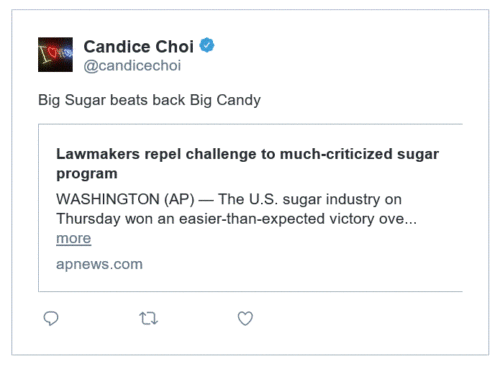Plant-based meats are touted as the technological solution to the health and environmental problems caused by excessive meat-eating. Venture capital is flooding to what seems like a hot new market.
One objection to these products is that they are heavily processed and contain long lists of processing ingredients (my emphasis on the color ingredients).
The Beyond Burger: pea protein isolate, expeller-pressed canola oil, refined coconut oil, water, yeast extract, maltodextrin, natural flavors, gum arabic, sunflower oil, salt, succinic acid, acetic acid, non-GMO modified food starch, cellulose from bamboo, methylcellulose, potato starch, beet juice extract (for color), ascorbic acid (to maintain color), annatto extract (for color), citrus fruit extract (to maintain quality), vegetable glycerin.
The Impossible Burger: water, textured wheat protein, coconut oil, potato protein, natural flavors, 2% or less of: leghemoglobin (heme protein), yeast extract, salt, soy protein isolate, konjac gum, xanthan gum, thiamin (vitamin B1), zinc, niacin, vitamin B6, riboflavin (vitamin B2), vitamin B12.
I was intrigued by this article from Food Navigator about the color problem. Plant-based meats are naturally an unappealing grey and need color to make them appear palatable. What to do?
According to botanical extract supplier, Naturex, whose portfolio includes colouring foods, plant-based meat analogues are “a booming sector” and, with colour one of the most important factors in determining a food’s appeal, manufacturers are interested in natural ways to colour meat alternatives.
Category manager for natural colours at Naturex Nathalie Pauleau said that carmine, derived from cochineal insects, is the most frequently used colour for real meat applications but cannot be used in plant based products because it is not vegetarian.
Vegetable-based alternatives include beetroot or red radish concentrates that deliver good colouring results, and in Europe, both can be classified as colouring foods, she said.
But there are big problems with color stability under conditions of heat and high or low pH. If manufacturers want a browner color, carmelized sugar sometimes works.
As for the “bleeding” burger produced by Impossible Foods: this is
a plant-based burger made from the standard base ingredients of wheat, potato and soy protein. The addition of its IP-protected ingredient, leghemoglobin, however, means that the burger’s label lists added flavours but no colours. Leghemoglobin is a heme molecule similar to myoglobin and haemoglobin that make blood and meat red but is found in the roots of nitrogen-fixing plants such as soy, meaning it is vegetarian-friendly. When added to the burger, it looks like blood.
And how do these taste? Not bad, by most reports.
But one of my personal food rules is never to eat anything artificial. These products are off my dietary radar.







